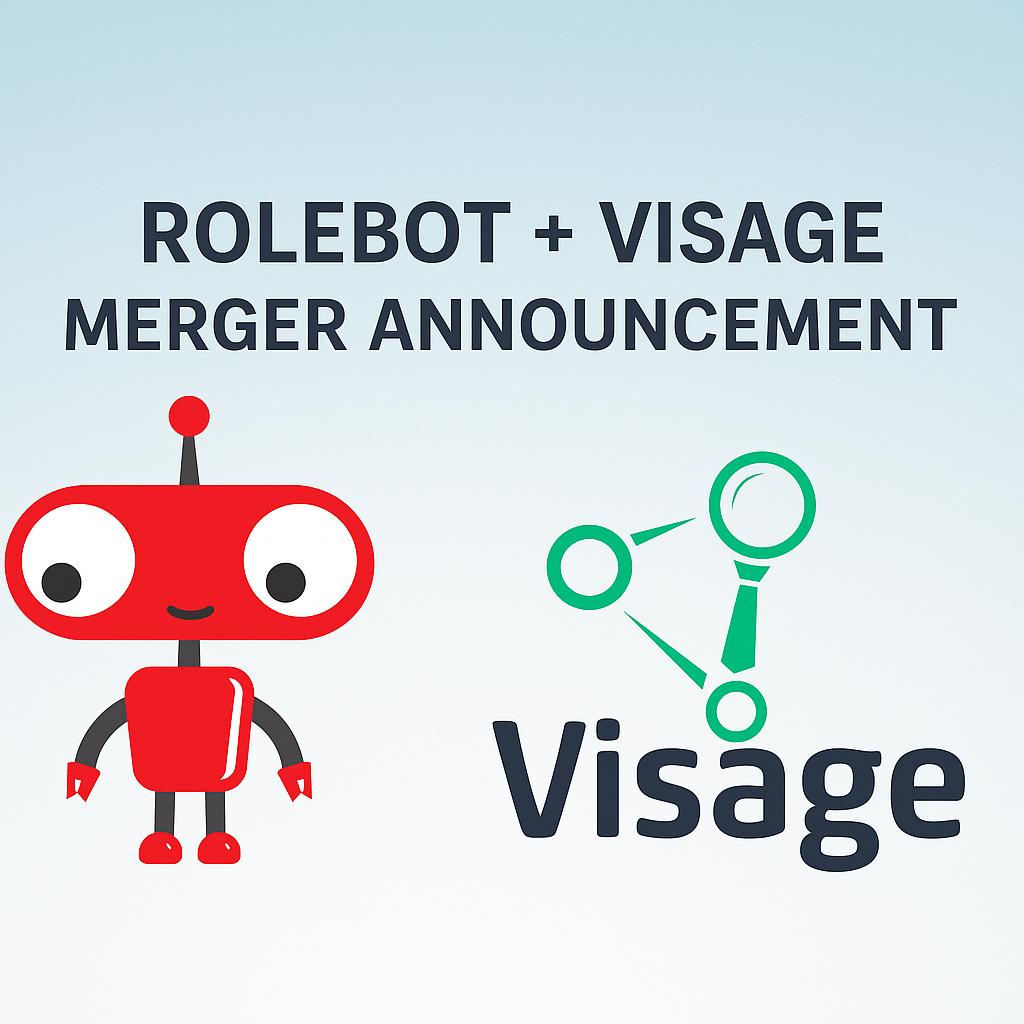The Recruiting Struggle is Real: Navigating Common Hiring Challenges with Limited Resources
Riding the recruitment rollercoaster🎢 is hard. When scaling up the hiring process with limited resources and bandwidth, recruiters have their work cut out for them.
Attracting, evaluating and hiring the best candidates for the job is time-consuming—even with a large team. Finding the right talent is more challenging when you are scaling up hiring.
Attracting the Right Candidates
One of the most significant challenges recruiters face is attracting the right candidates. In a highly competitive job market, finding qualified and suitable candidates for open positions can be challenging. According to CMD Recruitment, 76 percent of hiring staff say attracting quality candidates is their biggest challenge.
Hiring the wrong people is the fastest way to undermine a sustainable business.
Without a pool of qualified candidates, the hiring process can be delayed, resulting in lost productivity and increased workload for the recruiting team. To overcome this challenge, recruiters must focus on building an attractive employer brand and using targeted recruitment strategies. Employer branding is one of the most important things you can do to attract top talent. Candidates want to work for companies that share their values and offer opportunities for growth and development.
Managing a High Volume of Applicants
With the rise of job search websites and social media, it is easier than ever for candidates to apply for open positions. However, this also means that recruiters receive a high volume of resumes, making it difficult to review each application thoroughly.
This impacts the recruitment process by increasing the time and resources required to review and process applications. It can also lead to missed opportunities, as qualified candidates may be overlooked in the deluge of resumes.
Recruiters can use technology to streamline the application review process. Automated screening tools can quickly identify qualified candidates and reduce the workload for recruiters.
DEI
Recruiters also face challenges in promoting diversity and inclusion in the recruitment process. A lack of diversity in the workplace can lead to a homogenous culture and hinder innovation and creativity. But finding diverse candidates can be difficult, especially in industries with historically low diversity rates.
The impact of this challenge on the recruitment process can be significant, as a lack of diversity can lead to a negative reputation and difficulty attracting top talent.
To overcome this challenge, recruiters must actively seek diverse candidates and implement strategies to promote inclusivity. Diversity is not just a buzzword; it's a business imperative.
Limited Resources
Recruiters usually juggle limited resources, such as time and budget constraints. With multiple open positions and a high volume of applicants, it can be difficult for recruiters to manage the recruitment process efficiently.
This challenge impacts the recruitment process by increasing the workload and pressure on the recruiting team. It can also lead to missed opportunities, as recruiters may not have the resources to attract and review candidates effectively. If it gets too out of hand, you’ll be recruiting new recruiters before you know it.
Recruiters must prioritize their hiring needs and use cost-effective recruitment strategies. Leveraging social media, employee referrals and targeted job postings to attract qualified candidates are some ways to do so without breaking the bank.
Time Constraints
When it comes to recruiting, time is of the essence. Hiring managers are often pressured to fill a position quickly, and the longer a position remains vacant, the more it can impact the company's bottom line. But a rushed recruitment process can result in a subpar hire as haste makes waste. Recruiting is time-consuming, and sometimes you have to prioritize speed over thoroughness. When recruiters face multiple open positions, they must work against the clock to fill them within a specific timeframe. This can lead to rushed decisions and rushed hires, which may not be the right fit for the company.
What happens when limited resources allow things to run amuck?
- Delayed Hiring: The shortage of qualified candidates means that recruiters may have to keep positions open for more extended periods, leading to delays in the recruitment process. This can result in increased costs and lost productivity.
- Decreased Productivity: Rushed decisions and hasty hires may lead to decreased productivity and increased turnover. The Society for Human Resource Management (SHRM) reported that it costs a company six to nine months of an employee's salary to replace them. For an employee making $60,000 annually, that comes to $30,000 - $45,000 in recruiting and training costs.
- Increased Costs: Recruiting is an expensive process, and delays and hasty hires can result in increased costs. The average cost per hire in the U.S. is approximately $4,000.
- Decreased Employee Retention: A weak employer brand may result in decreased employee retention rates. According to a study by LinkedIn, 75% of job seekers consider an employer's brand before applying for a job.
Other things that might take place if limited resources are your hiring pain point:
- "We'll be conducting group interviews so we can save on chairs."
- "We only accept resumes written in crayon to conserve ink."
- "We're hiring for multiple positions at once to save on postage stamps."
- "We'll be conducting interviews via carrier pigeon to save on phone bills."
- "We're asking all candidates to bring their own chairs to the interview to save on furniture costs."
- "We're looking for candidates who can multitask because we can only afford to pay one person for multiple roles."
- "We're limiting the interview time to three minutes to save on electricity."
- "We'll be conducting interviews in a dark room to save on lightbulbs."
- "We're only considering candidates who can bring their own office supplies to save on stationery costs."
- "We're asking candidates to provide their own coffee for the interview to save on caffeine expenses."
Just kidding. Sort of.
How to Solve the Bandwidth Problem
Step 1: Streamline Recruitment
One way to overcome time constraints and limited resources is to streamline the recruitment process. This can be achieved by investing in an applicant tracking system that automates tasks such as resume screening and scheduling interviews, freeing time for recruiters to focus on high-priority tasks.
Step 2: Leverage Social Media
Social media platforms such as LinkedIn, Twitter and Facebook can be powerful tools for recruiting. Ninety-four percent of recruiters use social media for recruiting. These platforms allow recruiters to reach a large audience, including passive candidates who may not be actively looking for a job. Moreover, social media platforms are cost-effective, making them an ideal solution for companies with limited resources.
Step 3: Build a Talent Pipeline
Building a talent pipeline involves proactively identifying and engaging with potential candidates, even if there are no immediate job openings. This approach allows recruiters to maintain a pool of qualified candidates, which can be tapped into when a position becomes available.
A solid talent pipeline becomes a complicated ask when you’re navigating high-volume hiring. Rolebot
delivers a daily pipeline of passive diverse talent ready for new opportunities. Rolebot woos your ideal candidates and even schedules the first interview so you can sit back, relax and wait for calendar invites to populate your inbox.
By prioritizing thoroughness over speed, strengthening employer branding and staying ahead of the curve regarding technology, recruiters can drive their companies forward.
🏎️Looking to fast-track things?
Rolebot lets you kiss slow hiring goodbye, as well as lack of diversity, mismatched candidates and wasted hours. And you’ll never have to write a job post again!
This Could Also Interest You:



